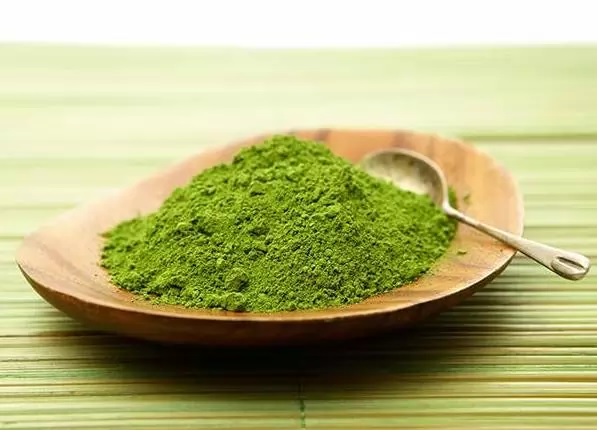Bromate is formed in water as a by-product when ozone is used to disinfect tap water. The amount of bromide in drinking water depends on the
- bromide ion concentration
- pH of the source water
- amount of ozone
- reaction time used to disinfect the water
Bromate toxicity affects people in a number of ways like causing nausea, vomiting, diarrhoea and abdominal pain. If bromate is ingested in large amounts then it could also lead to kidney failure or cancer. Excessive intake of bromate can also lead to issues in the nervous system. Since bromate causes health problems it is important to get tap water tested for bromate.
The Bureau of Indian Standards has published the 8th Amendment to the IS 14543:2004, Indian Standard specifications for packaged drinking water (PDW). This amendment states the level of bromate content in drinking water and prescribes that the bromate water testing be carried out using ISO Method 15061 2001. Therefore if you manufacture packaged drinking water you must get your water tested for bromate content in a testing lab that uses water testing parameters according to ISO Method 15061 2001.
The standard for bromate levels in packaged drinking water is a maximum of 0.01 mg/L. Though other methods for testing bromate in drinking water exist, but for detecting such low amounts of bromate is to use the ion chromatographic method. A testing laboratory that has a chromatographic system installed in their laboratory will be able to provide you with a correct analysis of bromate in drinking water. This test is not just applicable to packaged drinking water but can be used to test untreated water, surface waters and even wastewater.
The ion chromatographic method as prescribed in the ISO 15061 uses specialized ion exchange columns packed with ion exchange resins and this is used to separate ions. Once the ions are separated then the bromate ions can be detected and quantified using a conductivity detector. All manufacturers of packaged drinking water need to get their water source tested at regular intervals. This will ensure that the level of bromate in the packaged water is in compliance with standards. Bromate water testing analysis report is also required for obtaining a license from the Bureau of Indian Standards. Nobody can package drinking water without a license from BIS.
Long term exposure to bromate even if concentrations are low can have a negative health effect. Since packaged drinking water is sourced from supplied tap water it is possible that ozone has been used to disinfect it. The level of bromine can also vary from source to source so the tap water needs to be monitored carefully by carrying out regular bromate testing in water. The World Health Organization (WHO) drinking quality standards recommendation is limited to 10 ppb (μg/L) bromate in drinking water. This means that the bromate needs to be detected at levels as low as 1ppb which is possible only with ion chromatographic method with post-column derivation.




